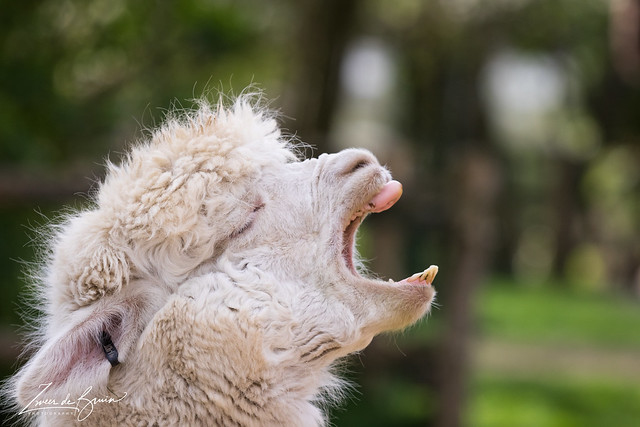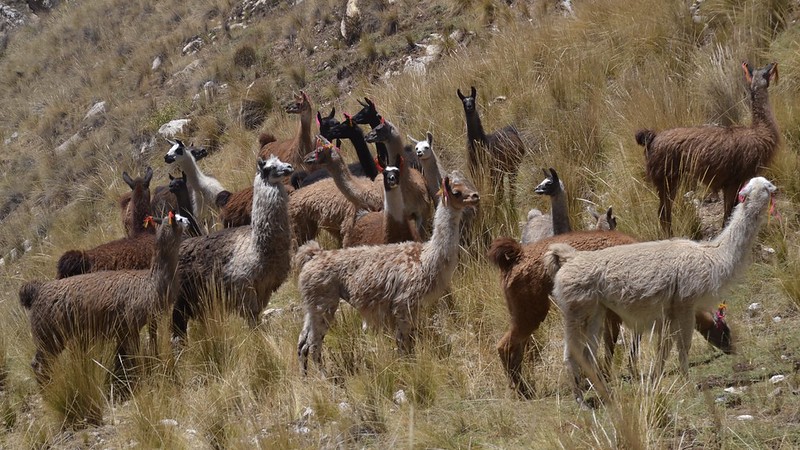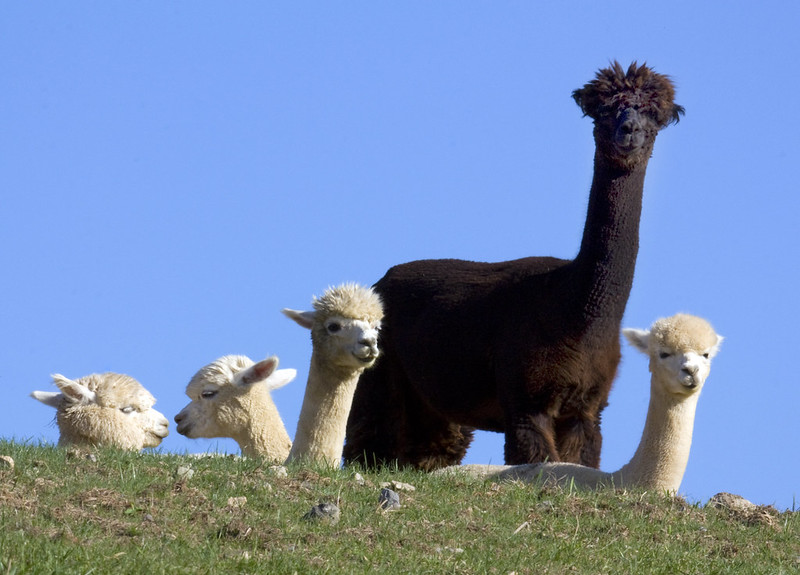
Pet insurance may
sound like a wasteful expense, but it is a necessity for many pet owners,
especially if you have an expensive pet. From annual checkups to accidents, vet
bills can be costly. Pet insurance can help pet owners cover these costs and
shield them from unexpected vet bills. However, not all pet insurance policies
are created equal. Like human health insurance, pet insurance can do much more
than just cover veterinary bills. Pet insurance can be an important tool in
your pet’s overall wellness program.
Is it like
Human Health Insurance?
Pet insurance is
insurance that covers your pet’s medical expenses. Unlike human health
insurance, pet insurance is not health insurance for pets; therefore, it cannot
provide coverage for routine visits such as checkups, vaccinations, or flea and
tick preventatives. Instead, pet insurance will cover treatment for
life-threatening illnesses or injuries. Pet insurance is kind of like health
insurance for humans. It provides coverage for accidental injuries, illnesses,
and surgeries. And just like with human health insurance, pet insurance is
quite expensive.
Who is it
for?
If you decide to
bring your pet to the veterinarian, you’ll be asked important questions about
your pet’s health. One of the most important questions is: “Who is it for?” A
dog or a cat? Both? Is it only for healthy animals? Or can sick animals be
covered as well? Pet insurance is designed to protect your pet from unexpected
veterinary costs. Unfortunately, not all pets can be insured.
Pet insurance is a
good idea, whether for your first dog or 10th. If you don’t already have one,
it’s highly recommended that you consider pet insurance before you even
consider getting a pet. There are a variety of pet insurance policies out there
to choose from, and there are usually options for all budgets.
What does
it Cover?
Pet insurance is a
type of insurance designed to help treatment facilities cover medical expenses
for pets. When pet owners sign up for pet insurance, they agree to pay a
monthly or yearly fee. In return, they also receive various health benefits for
their pet. Pet insurance can cover the following expenses:
* Routine
preventative care
* Emergency care
* Surgery
* Dental care
* Diagnostics
* Prescription drugs
* Treatment
* Additional
expenses
Are there
Different Types of Pet Insurance?
If you are
thinking about pet insurance, you may be asking yourself, are there different
types of pet insurance? Yes, there are different pet insurance options for you
to consider. Pet insurance is available for dogs and cats. Some pet insurance
options include:
Pet health
insurance: This type of insurance is to cover unexpected medical costs. Pet
insurance can be great if your pet gets sick or injured, but it helps if you pay
more towards your pet’s medical coverage each year.
Pet accident
insurance: This type of insurance is to cover injuries that are not
life-threatening, such as broken limbs. Pet accident insurance helps cover some
of the cost of vet bills, but it’s typically not the best option.
Pet wellness
insurance: This type of insurance is to cover preventive care and annual exams
for pets.
What about
Pre-existing Conditions?
Some health
conditions of cats and dogs prevent them from being approved for pet insurance.
However, some conditions may be covered by pet insurance. Pre-existing
conditions mean a medical condition your pet has had in the past. While your
pet’s illness is cured, you are still responsible for paying its medical bills.
However, if your pet’s condition is back, you no longer worry about payments.
Pet insurance, however, also covers pre-existing conditions, but your pet will
be required to pay more.
How Much
does it Cost?
Owning a pet can
be a lot of fun, but pets can also cost a pretty penny. Pet insurance is one
way you can protect your pet financially if he or she develops an issue.
But is pet insurance really worth it? A six-month-old puppy or kitten is that little bundle
of joy, but how much will it cost to take care of your pet throughout its life?
Veterinary bills for dogs, cats, fish and even pocket pets can range anywhere
from $200 to $10,000.
What can I
Expect to Pay before my Pet’s Care is Covered?
It’s easy to
assume your pet’s insurance will cover all your costs. However, that isn’t
always the case. Before enrolling your pet in pet insurance, it’s a good idea
to find out what your coverage options are. Many pet insurance companies offer
different reimbursement rates for different procedures, and usually, the
reimbursement rate will be influenced by your pet’s age, breed, and
pre-existing medical conditions.
How does
Reimbursement Work?
Pet insurance is a
type of health insurance that pays for the cost of pet care. The insured animal
owner pays a premium, and the insurance company reimburses their veterinarian
for covered expenses. Coverage and reimbursement vary by policy, so it’s
important to read your policy’s details to ensure it’s right for you.
Reimbursement for
pet-related expenses is not dependent on whether the veterinarian visits
in-network or out-of-network. In fact, a pet owner can use an in-network
veterinarian (or a veterinarian who is not in-network) as long as the vet
submits an invoice and treatment receipt for reimbursement.
Does my
pet need insurance?
Pets are part of
the family, so when they get sick, we want the best for them. Whether they get
sick from an illness, an accident, medication, or an infection, we want them to
get better, and we want to get them better quickly. Pet insurance can help. Pet
insurance is an affordable solution that allows you to get quality care for
your pets and gives you peace of mind knowing that you are getting the best
medical care for them.
What are
the Alternatives?
When it comes to
pet insurance, there are many options available for pet owners to choose from.
But that doesn’t mean it’s easy to choose one. There are many things to
consider, including the type of coverage you want—whether you want to pay a specific
amount each month to cover vet bills or if you want to choose a per-incident
reimbursement amount—and how much money you are willing to pay.
Picture Credit













































